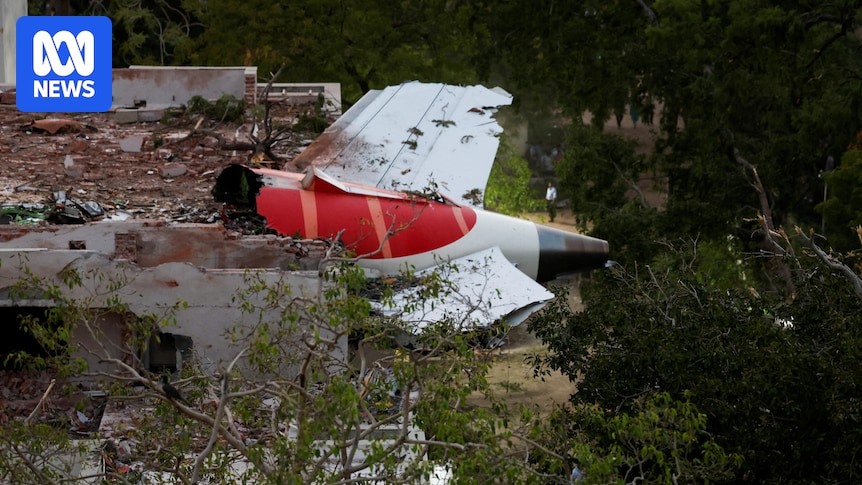
A preliminary report on the Air India crash that claimed 260 lives in Ahmedabad last month reveals critical details about the aircraft’s engine fuel switches. The report indicates that the switches were flipped off within seconds of each other, starving the engines just three seconds after take-off.
The Boeing 787 Dreamliner, which was bound for London, began losing thrust and altitude immediately after the switches were altered, according to findings released by Indian aviation accident investigators. The cockpit voice recorder captured a conversation between the pilots, with one questioning the other about the fuel cut-off.
“The other pilot responded that he did not do so,” the report stated.
Unanswered Questions and Expert Insights
The report does not specify which pilot made the remarks or who transmitted the distress call “Mayday, Mayday, Mayday” before the crash. Furthermore, it remains unclear how the fuel switches could have been moved to the cut-off position during the June 12 flight.
US aviation safety expert John Cox commented on the situation, noting that the design of the Boeing 787 makes it unlikely for a pilot to accidentally move the fuel switches.
“You can’t bump them and they move,” he explained. “Flipping the switches to the cut-off position almost immediately cuts the engines.”
These switches are typically used to turn off engines once planes have arrived at their airport gates or during emergencies such as engine fires.
Investigation and Implications
The Aircraft Accident Investigation Bureau of India, operating under the civil aviation ministry, is spearheading the investigation into what is now the world’s deadliest aviation accident in a decade. The crash, which occurred shortly after the aircraft reached an altitude of 650 feet, resulted in the deaths of 241 of the 242 people on board, along with at least 29 individuals on the ground.
The investigation is currently focused on the movement of the plane’s fuel control switches and engine thrust issues. However, the preliminary report has not recommended any immediate actions for Boeing 787-8 or GEnx-1B engine operators and manufacturers.
“At this stage of investigation, there are no recommended actions,” the bureau stated.
Historical Context and Future Steps
This tragic incident echoes past aviation disasters, highlighting the critical importance of understanding cockpit dynamics and mechanical failures. The Boeing 787 Dreamliner, known for its advanced technology and efficiency, has been a cornerstone of modern aviation fleets worldwide. However, this crash underscores the necessity for rigorous safety protocols and thorough investigations to prevent future tragedies.
As the investigation progresses, aviation authorities and safety experts will be closely monitoring developments. The findings could lead to new safety measures or design modifications to enhance aircraft safety. Meanwhile, families of the victims and the aviation community await further clarity on the circumstances that led to this catastrophic event.
The Air India crash serves as a somber reminder of the complexities and risks inherent in air travel, emphasizing the ongoing need for vigilance, innovation, and improvement in aviation safety standards.






